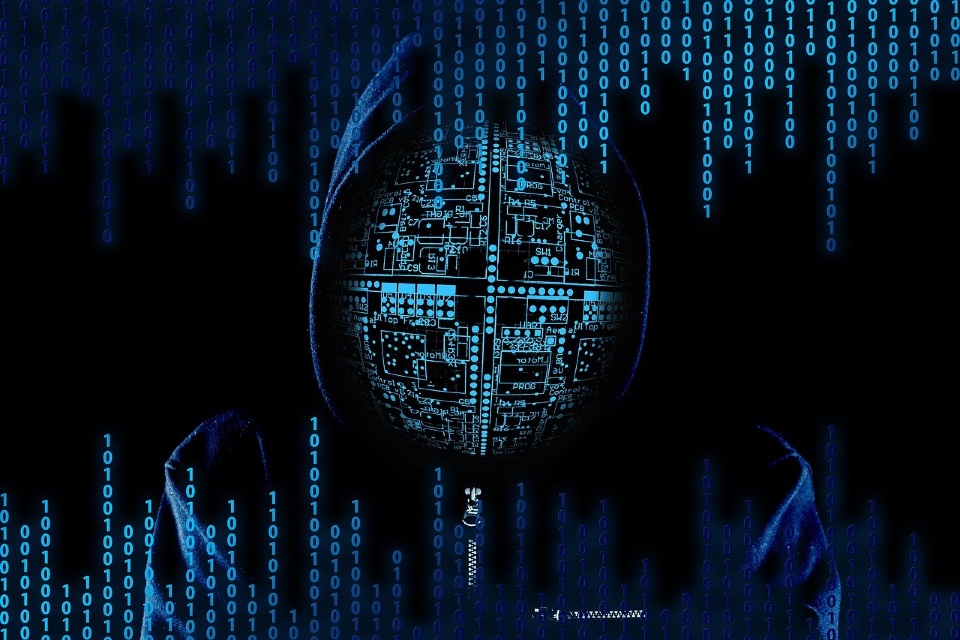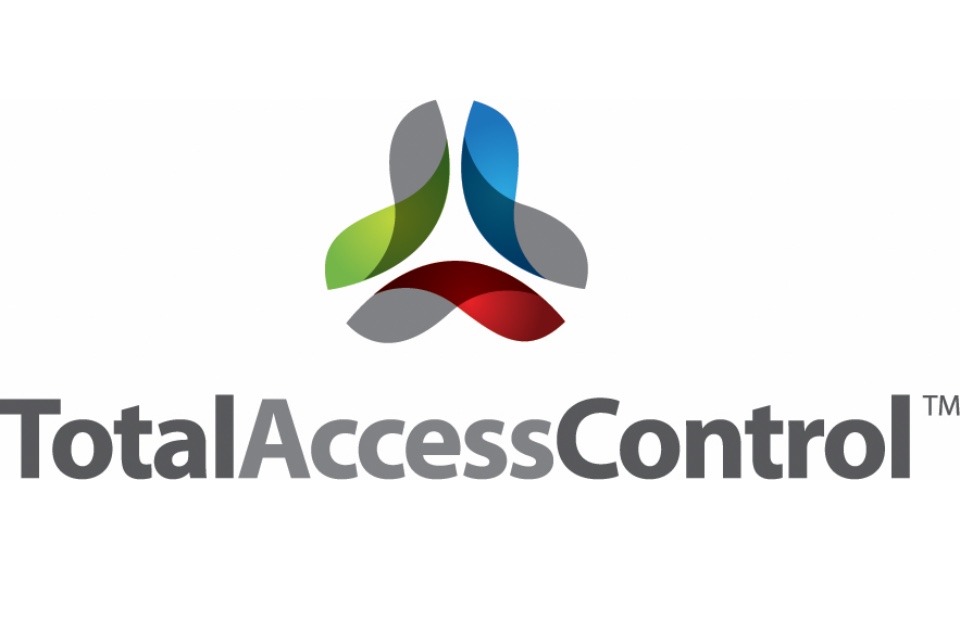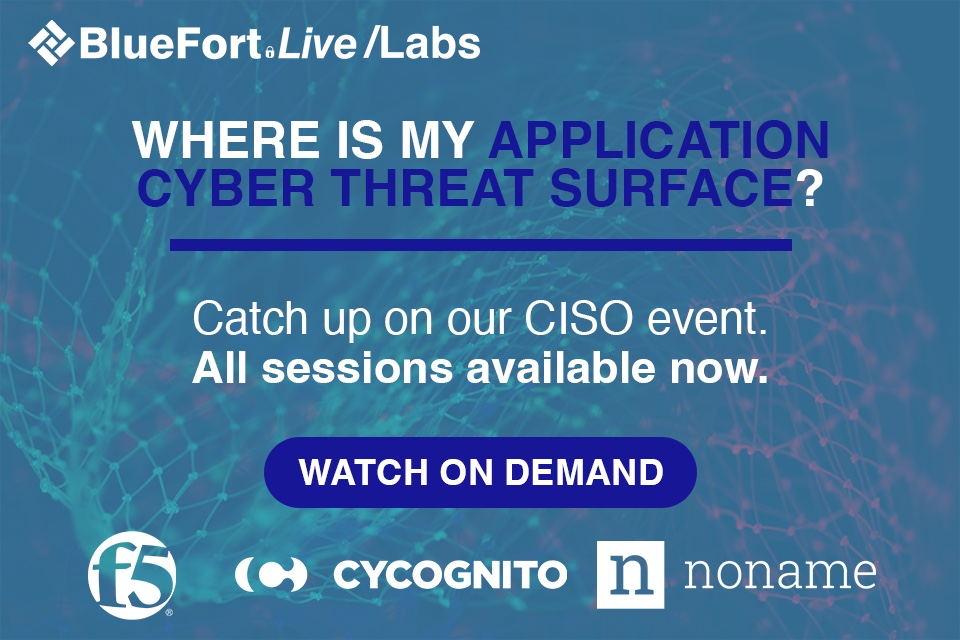OPINION: Local authorities shouldn’t be daunted when moving to the cloud

Local Authorities are under intense pressure to escalate Digital Transformation strategies while also dramatically reducing IT costs, achieving public sector sustainability goals and extending citizen self-service access to key services. With stretched in-house resources and a widely acknowledged skills shortage, the existing IT team is dedicated to keeping the lights on for as long as […]
What vulnerability management should deliver

By Eleanor Barlow, SecurityHQ The purpose of Vulnerability Management is to ensure that organisations can accurately detect, as well as classify and contextualise vulnerabilities, within their organisation, and act on them to reduce the chances of a successful attack by exploiting the vulnerability. With Vulnerability Management, once vulnerabilities are detected and prioritised, remediation programmes are […]
IT security solutions – 2022 buying trends revealed

Authentication, Compliance and Cloud Web Security top the list of services the UK’s leading IT security professionals are sourcing in 2022. The findings have been revealed ahead of July’s Security IT Summit and are based on delegate requirements at the upcoming event. Delegates registering to attend were asked which areas they needed to invest in during 2022 […]
Just one crack – That’s all a hacker needs…

By Michael Oldham, CEO of PortSys, Inc. Just one crack. That’s all a hacker needs to find to cripple your organization. Here are three essential steps to take to stop that crack from blowing your infrastructure wide open for bad actors: Multi-factor authentication (MFA) that includes device validation, certificate checks, Geo IP intelligence and other […]
What is Red Team Assessment and how can it benefit business?

By Eleanor Barlow, SecurityHQ Red Team Assessment as a service used to simulate real-life attacks, to know that the right security controls are implemented and working within a business, and to highlight the security gaps that would otherwise go undetected. A key part of Red Team Assessment is where a simulation is used to mimic […]
CIISec CyberEPQ qualification will kick-start cyber security careers

The Chartered Institute of Information Security (CIISec) is now managing the UK’s first and only Extended Project Qualification (EPQ) in cyber security. The Level 3 CyberEPQ will give anyone from 14 years old the best possible opportunity to kick-start their cyber security career and will integrate with CIISec’s broader development programmes to provide a clear […]
The fastest growing threat

By Atech Did you hear about the hackers who got away from the scene of the crime? They just ransomware. There are countless evolved versions of this joke out there. Just as the jokes are evolving, ransomware attacks are evolving, too, and they are not funny. The true cost of an attack consists of both […]
‘Simplicity is the ultimate sophistication’ for Access Control

By Tim Boivin (pictured), Marketing Director, PortSys Leonardo DaVinci’s philosophy in the headline has never rung so true as it does today in IT – especially when we’re talking about providing users secure access in our perimeterless world. If your access approach is wrong, your risk of being hacked ramps up exponentially. Counterintuitively, installing more security […]
5 Minutes With… PortSys CEO Michael Oldham

For the latest instalment of our cybersecurity executive interview series we spoke to Michael Oldham, CEO of PortSys, where he works on access control solutions across many industries, including finance, government, defense, utilities, healthcare, education, non-governmental organizations (NGOs), construction, retail, and other market segments where secure access to enterprise information is vital… Tell us about your company, products and […]
BlueFort’s FREE CISO event now available on-demand

By BlueFort Our latest virtual live CISO event last week was a success! Get access to the free recordings of our exciting sessions, discussing all the latest threats organisation’s face in a post-covid world. Our partners’ Virtual Exhibition stands are ready to visit where you can download content and even book a meeting with one […]


